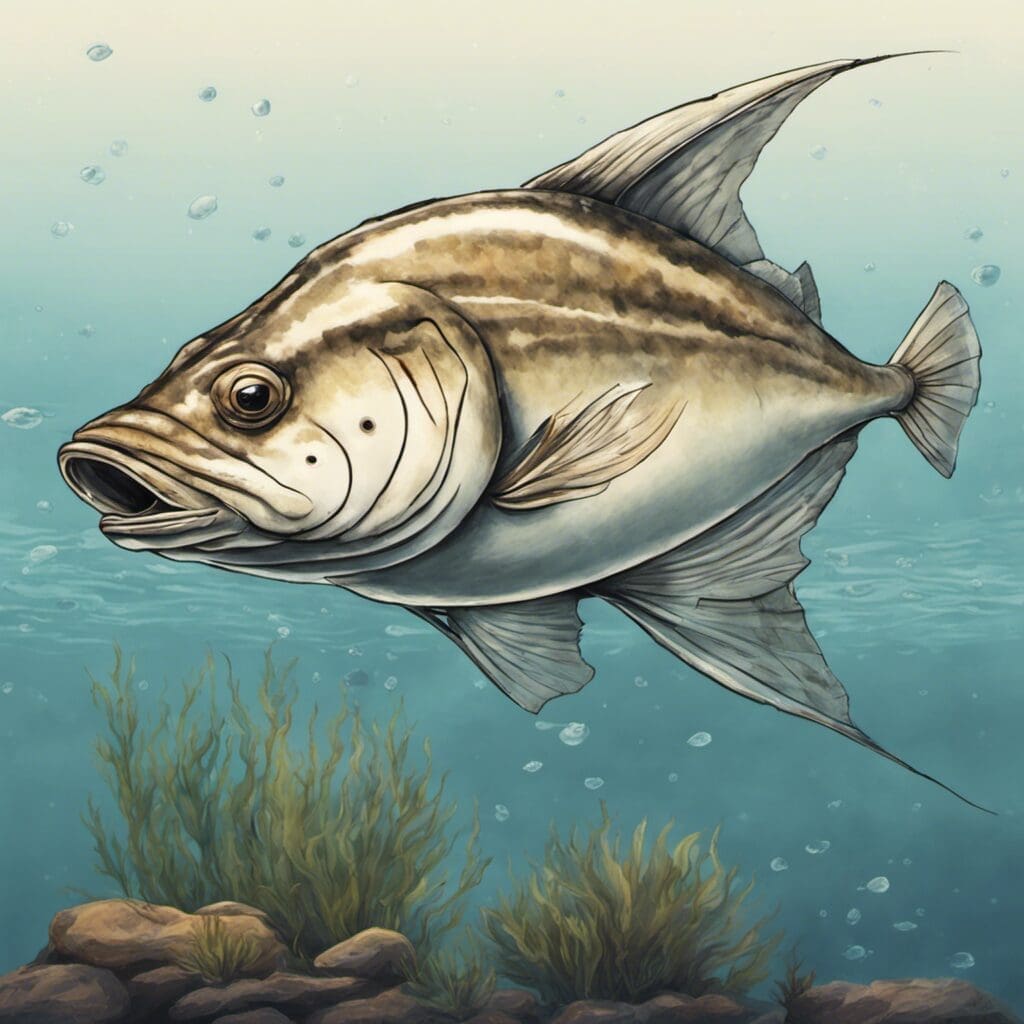Introduction
The Ray is a species of cartilaginous fish, belonging to the Batoidea family. They are one of the more intriguing and distinctive members of the oceanic kingdom, notable for their wide, flat bodies.
Conservation Status
Several species of rays are categorized as critically endangered by the International Union for Conservation of Nature. The conservation efforts extend across various fronts, including government regulations, fishing restrictions, and ecosystem management.
Statistics
| Length (Average, Range) | 1-10 feet, 0.5-20 feet | Weight (Average, Range) | 100-500 lbs, 50-1,400 lbs | Average Lifespan | 15-25 years |
|---|
Distribution
Rays are a cosmopolitan species, found in oceans worldwide. They exhibit distinct migration patterns, often triggered by changes in water temperature or feeding opportunities.
Habitats
Most rays favor warm, shallow waters although some species thrive in cold, deep regions. They inhabit a depth range from the coastline to nearly 3,000 meters below the surface, depending on the species.
When and Where to See
Spring and summer are the best seasons to spot rays as they often migrate towards warmer waters during this time. Dusk and dawn are optimal times for viewing.
Best Fishing Locations
Top 10 Places
- Gulf of Mexico, USA
- Bay of Biscay, Spain
- Kermadec Islands, New Zealand
- Andaman Sea, Thailand
- Great Barrier Reef, Australia
- Seychelles, Indian Ocean
- Azores, Portugal
- Baja California, Mexico
- Bahamas, Caribbean Sea
- Gulf of Oman, Arabian Sea
How to Catch
Rays can be caught using a variety of baits or lures, such as chunks of squid or mackerel. Bottom fishing is a preferred technique. Their active feeding period varies, but fishing during dusk or dawn may increase the chances of a successful catch.
Identification Guide
Rays have distinguishable physical characteristics like a wide, flat body and a long, whip-like tail. They have varying color shades, from dark gray to light brown, which helps them blend into the sandy ocean floor.
Culinary
The ray’s wings or flaps are the edible parts, offering a meaty texture and delicate flavor. Nutritional information varies, but generally, it is low in fat and a rich source of protein. Some popular recipes include BBQ ray wings or poached ray in a butter sauce.
Additional Information
Rays primarily feed on mollusks, crustaceans, and small fish. Their main predators include sharks, large species of bony fish, and humans. In certain cultures, especially those around the Mediterranean and Asia, rays hold significant cultural and historical value, often featuring in local legends and folklore.
References and Further Reading
For more comprehensive information on the Ray species, these sources are recommended:
- National Geographic – Rays
- Florida Museum – Eagle Rays
- MarineBio – Spotted Eagle Rays

